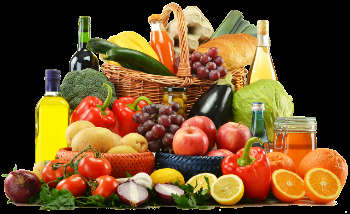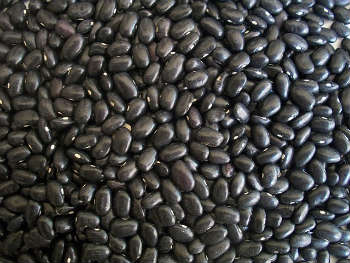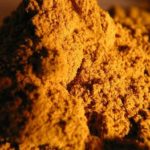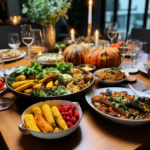What Can The Food Rainbow Tell You About Food Nutrients?
Usually, when one thinks of a rainbow, your first instinct is to search the sky for the colorful curve amongst the clouds. However, there’s another rainbow to keep in mind, and this particular one has to do with food. Yes, there’s such a thing as a “food rainbow” and it just may be the first few steps you should take in order to receive the essential nutrients your body needs and craves.
What’s In The Food Rainbow?
Should you be a picky eater, or perhaps you’re just someone in search of broadening their culinary horizons, incorporating the food rainbow into your diet can be a great way to head into the direction of healthier eating.
Not surprisingly, you can learn a lot about the food you’re eating, just by looking at it. Functional foods, foods or dietary components that can provide a health benefit beyond basic nutrition, can be lumped into various groups just by their color. So, the color of your food can reveal a lot about said food, nutritionally.
Certain colors of food can indicate an abundance of certain nutrients.
Know The Colors Know The Nutrients
Red Or Orange Foods
If you are eating foods that are red or orange in color, for example, foods like cantaloupe, pumpkins, and carrots are known for their high levels of beta-carotene, which is converted to vitamin A in the body. Vitamin A helps support the function of white blood cells, bone growth, and it helps to regulate cell division. Vitamin A and two other types of carotenoids also found in red or orange foods, are also very important for healthy vision.
Green
Trying vegetables like broccoli, bok choy, spinach, kale or avocado can provide nutrients such as potassium, dietary fiber, folate, vitamin A, vitamin E, and vitamin C.
Blue, Purple, Crimson, Brown
Foods these colors tend to contain flavonoids. Flavonoids can be found in grapes, cherries, berries, red wine, cocoa, dark chocolate and some teas. Flavonoids help contribute to the maintenance of proper blood flow and brain function. Additionally, the dark blue and purple color of some of these foods come from anthocyanin, which is a powerful antioxidant that is heart healthy and helps to lower blood pressure. It also helps prevent blood clots.
Tan Color
Whole wheat bread, cereals, and pasta colored tan foods tend to be higher in fiber. This fiber can contribute to the maintenance of a healthy digestive tract and reduce the risk of coronary heart disease.
White
White foods such as low-fat milk or fat-free milk, yogurt and certain cheeses are packed with vitamin D, calcium and phosphorus. These minerals and vitamins help aid in bone health and may help maintain a healthy body weight. Furthermore, yogurts contain probiotics, linolenic which promote digestive health and support immune functions.
Yellow
Certain types of unsaturated fats are essential to life; these fats are linoleic acid (an omega-6 fatty acid or an omega 3-fatty acid). These fats are important for proper growth in kids, healthy skin and they help regulate cholesterol.
Black
Black beans, mushrooms, and chia seeds are loaded with pigment, which means they are packed with anthocyanins. Anthocyanins are pigments that can help lower the risk of cancer, heart disease, and diabetes. There are a number of foods that you can eat that will be black other than black beans and included are black pasta and black garlic, also filled with antioxidants.
In summary, the more color your food has, the higher the chances are that it is actually good for you. The reason you are able to tell this is because of the phytochemicals found within them. Those specific chemicals will then offer you different nutrients when eaten. So add a little color to your diet, or as they say, “eat the rainbow” for a plate full of good health.






